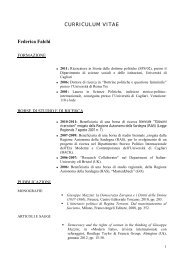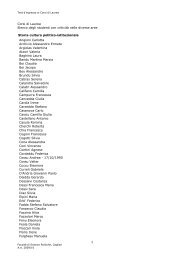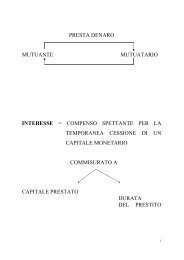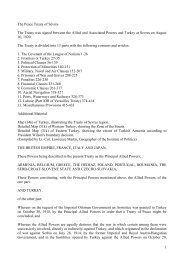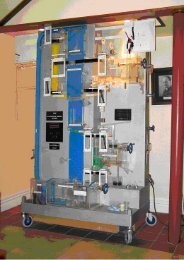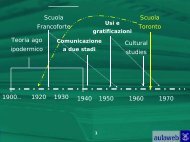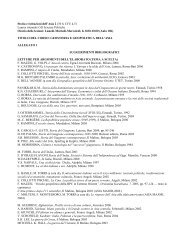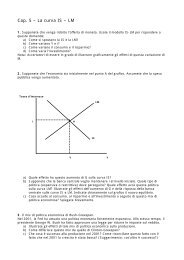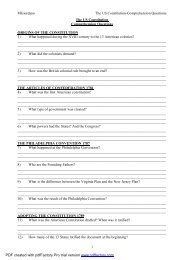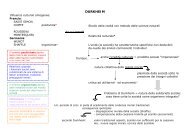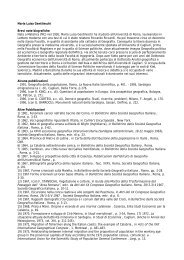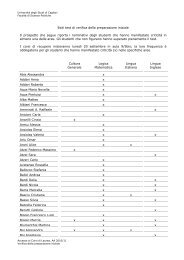Controlling for Heterogeneity in Gravity Models of Trade
Controlling for Heterogeneity in Gravity Models of Trade
Controlling for Heterogeneity in Gravity Models of Trade
Create successful ePaper yourself
Turn your PDF publications into a flip-book with our unique Google optimized e-Paper software.
primary change over the period was an expansion <strong>in</strong> the number <strong>of</strong> countries covered under thecustoms union. The twelve countries <strong>of</strong> the European Community (EC) renamed themselves theEuropean Union (EU) <strong>in</strong> 1992, but this had relatively little effect on <strong>in</strong>ternal trade policy, as itwas already nearly unfettered under the EC. Expansion <strong>of</strong> the bloc came <strong>in</strong> 1994 with theEuropean Economic Area (EEA), which extended the free trade zone to <strong>in</strong>clude Austria, Iceland,F<strong>in</strong>land, Norway, and Sweden. To capture the effect <strong>of</strong> this trad<strong>in</strong>g bloc, our European blocdummy variable takes the value <strong>of</strong> 1 when trade is between members <strong>of</strong> the EC or EU <strong>for</strong> 1991-93, and between members <strong>of</strong> the EEA <strong>for</strong> 1994-95.The North American trad<strong>in</strong>g bloc <strong>in</strong>cluded only Canada and the United States <strong>for</strong> 1991-93, under the Canada-US <strong>Trade</strong> Agreement <strong>of</strong> 1988. The North American Free <strong>Trade</strong> Agreement(NAFTA) expanded the free trade zone <strong>in</strong> 1994 to <strong>in</strong>clude Mexico. For present purposes, wewill ignore NAFTA’s relatively mild deepen<strong>in</strong>g <strong>of</strong> US-Canada <strong>in</strong>tegration, and focus <strong>in</strong>stead onit as an extension <strong>of</strong> the free trade bloc to Mexico. To capture the effects <strong>of</strong> North American<strong>in</strong>tegration, our North American bloc dummy takes the value <strong>of</strong> 1 <strong>for</strong> trade between the US andCanada <strong>for</strong> 1991-95, and between Mexico, Canada, and the US <strong>for</strong> 1994-95.The third significant trade bloc dur<strong>in</strong>g the period was MERCOSUR, which came <strong>in</strong>to<strong>for</strong>ce <strong>in</strong> 1995, reduc<strong>in</strong>g trade barriers between Argent<strong>in</strong>a, Brazil, Paraguay, and Uruguay. OurMERCOSUR dummy takes the value <strong>of</strong> 1 <strong>for</strong> trade between any two <strong>of</strong> these countries <strong>in</strong> 1995.We <strong>in</strong>clude these three trade bloc dummies <strong>in</strong> the PCSa and FEa models, and report theempirical results <strong>in</strong> Table 3. Note that <strong>in</strong>clusion <strong>of</strong> these dummies makes little difference <strong>for</strong> the21



